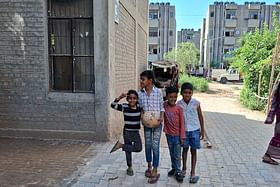The Affordable Rental Housing Scheme under Pradhan Mantri Awas Yojana has provided families a home, where they can live safely, and seize new opportunities to make a living.
Rekha moved to Chandigarh city from her village in Jaunpur after getting married to live with her husband and in-laws.
Her husband and his family are migrant labourers who moved to the city from rural Uttar Pradesh, a decade ago, in search for daily wage work opportunities.
They have since lived in different informal settlements in the city — continuously under pressure of evictions, unstable arrangements and substandard living amenities.
On moving to the city, Rekha also stayed in the tin-shed colony — a settlement in Sector-52 of Chandigarh.
This, however, was the last such settlement that her family had to stay in before they were provided a formal rental house by the government in 2021.
Rekha with her family, now lives in a two-room dwelling in Maloya small flats complex in Chandigarh. Her in-laws have moved back to the village.
The unit, which they can now call their home, was allotted to them under the Affordable Rental Housing Scheme (ARHC) formulated under the Pradhan Mantri Awas Yojana-Urban.
She recalls encountering several difficulties for living qualities, security, issues with water and sanitation, while her kids (a daughter and two sons) were growing up in the tin-shed arrangement. The single room they lived in was small and had no provisions for cooking, ventilation, or toilets.
While her husband had been unable to make enough money with his odd jobs that he tries to do around the neighbourhood, she now has made use of moving to this new house.
Rekha has recently taken up a job in a shopping complex in Chandigarh city, trying to gather some financial stability, take care of the housing expenses and provide a sustainable life for her children.
This was made possible as she now feels safe having her own legal accommodation, where her kids can stay even when she is away at work.
The location also has two government schools in proximity, allowing the children easy access to formal education.
She leaves her house at 6 am and returns home by 5 pm, every day after finishing her shift.
She says that the kids go to school with her in the morning, and are able to get back home on their own, owing to the close location of the school.
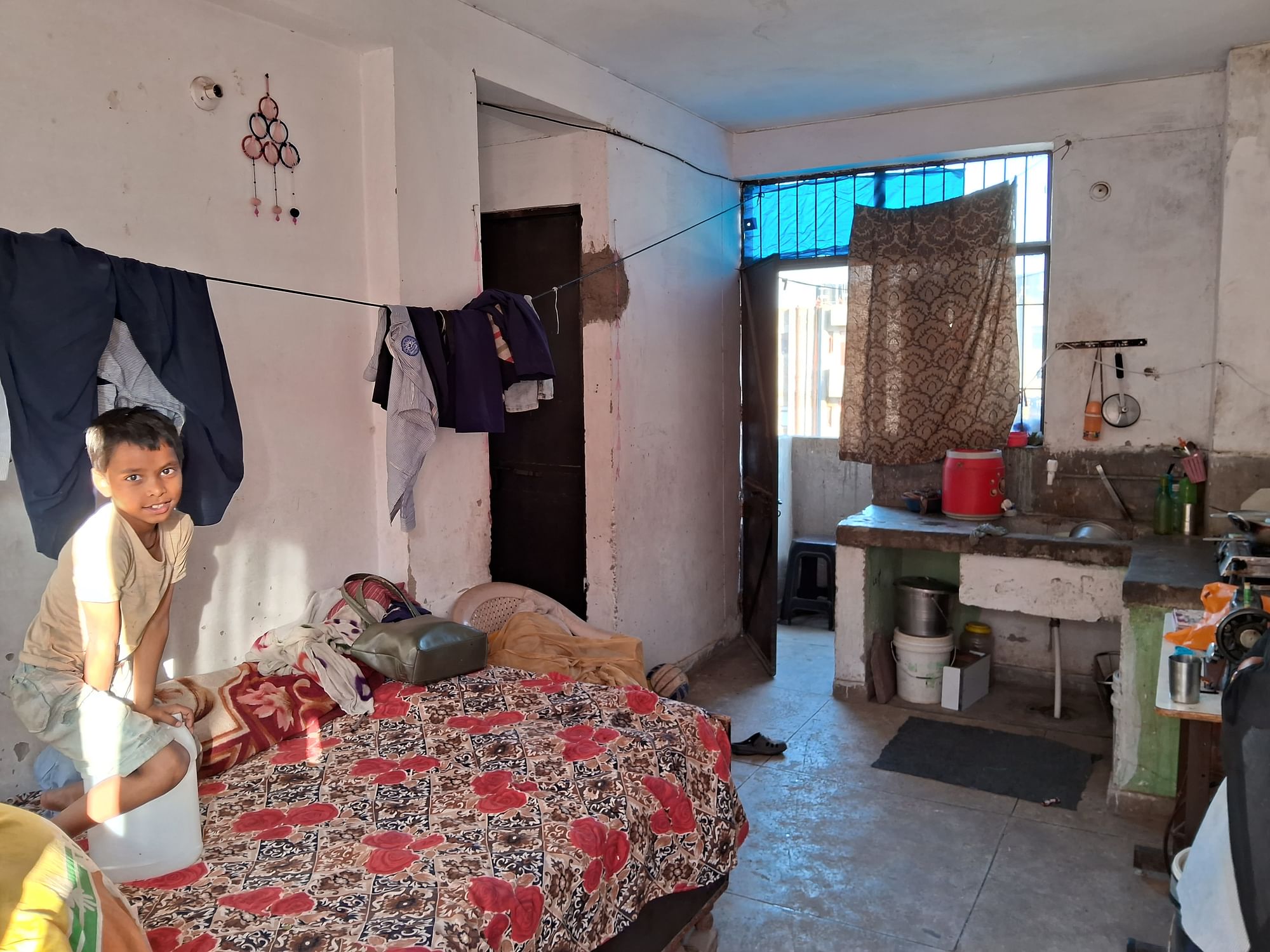
The house has proper ventilation, regular electricity, water supply, with bathroom and toilet inside making it possible for the kids to comfortably stay at home.
In the evening, while she is back, Rekha meets her kids at the playground that is right outside their building.
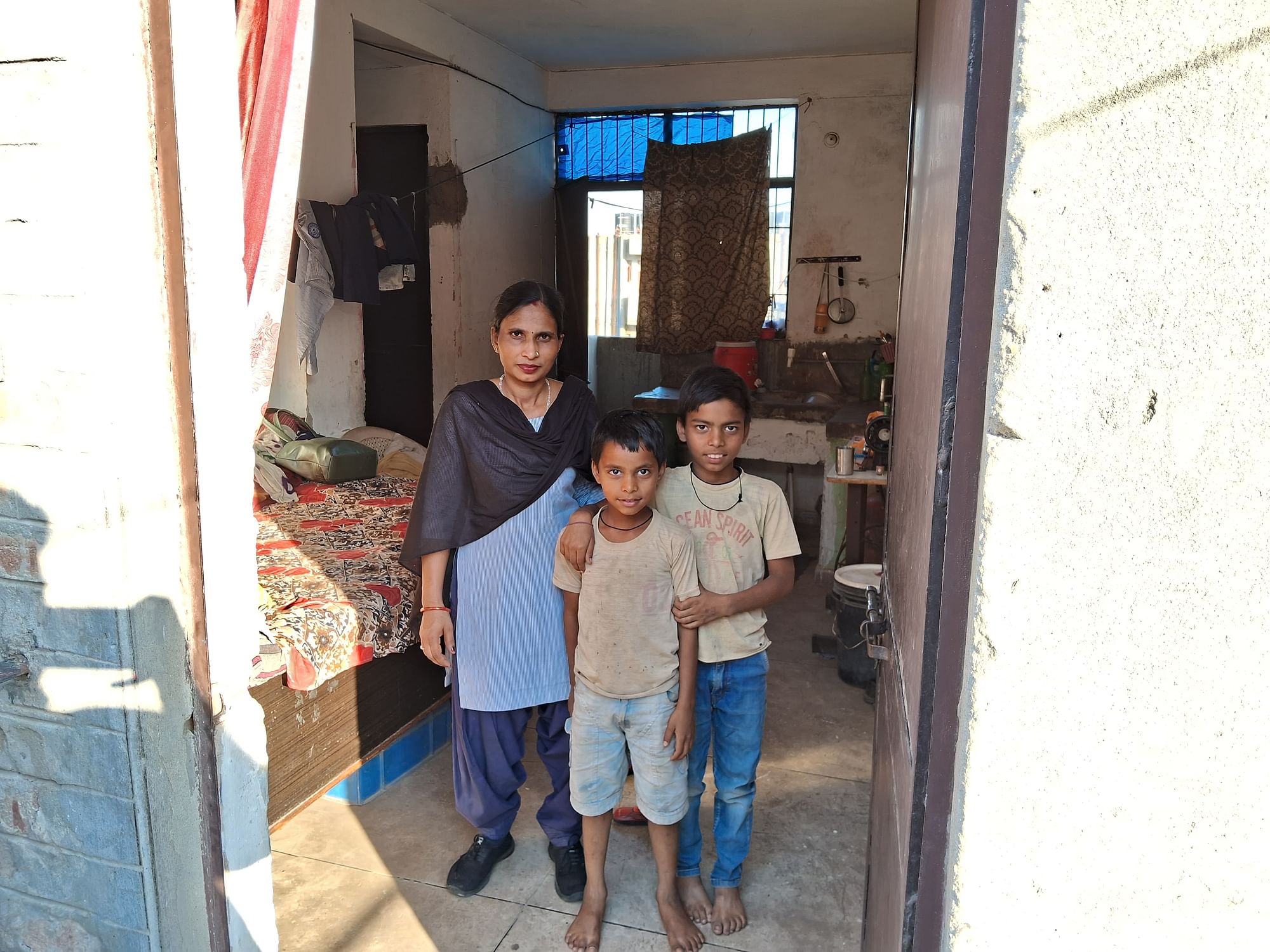
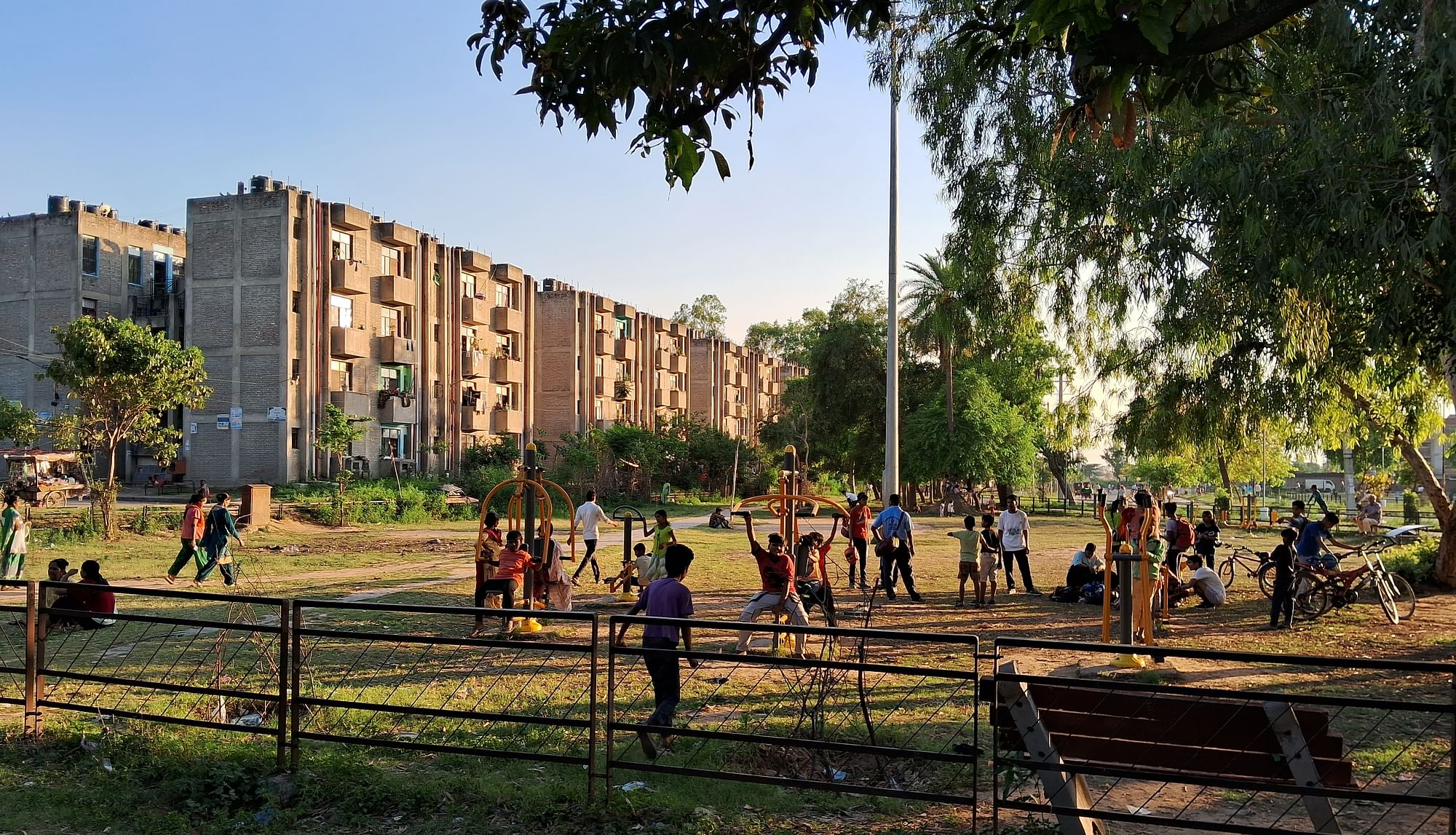
Access To Formal Housing Has Created Diverse Impacts On Beneficiaries
These houses have been provided on rent to the low-income groups living in informal settlements, and find it difficult to arrange quality housing resources in the city, says Manoj Parida, former advisor to the Union Territory (UT) administrator.
With the access to formal housing, all the beneficiaries have been supported with a better living space, security of tenure, safe environment, proper civic amenities, sanitation, along with parks and open spaces.
Additionally, the rehabilitation efforts have also created diverse impacts and opportunities for different individuals and families, reflecting the unique circumstances and needs of each family.
This writer conducted a survey of the infrastructural advancement and its impacts on the urban poor — in this case, the migrant workers who have moved to the city in the last two decades, and faced persistent challenges in accessing adequate shelter resources.
Like Rekha, several other conversations helped to understand the diverse perspectives, benefits and challenges that have emerged.
An ice cream vendor, Nishakanth, is also one of the beneficiaries who has been allotted a ground floor house. He parks his stall right outside his home.
During our interaction, Nishakanth said that he came to Chandigarh in early 2000s, where his father was working as a labourer in the airport compound. He came all the way to have a glimpse of airways and aeroplanes, however, later decided to stay in the city.
For some years, he stayed with his father in a slum settlement in the industrial area, while looking for daily wage work till he honed his skills.
He later got his family to the city in hope for better education and living opportunities. However, he remained continuously under eviction challenges — first from industrial slums, to then moving into tin-shed settlement in Sector-52, until he was allotted a rental house in this complex.
With the relocation, he has stopped doing daily wage labour works, and has opened an ice cream stall which serves the colony and the surroundings.
He lives with his wife, daughter and two sons. His sons are studying in the same government school situated right next to their housing.
He expresses that this place has provided a safer environment for his family, particularly for women, additionally with the benefits of the toilet inside the house.
His daughter and wife no longer have to go to public toilets or resort to open defecation during the day or night.
The previous places had no security and safety, and was often encountered with unwanted activities, along with risks associated with cleanliness, health, and crime.
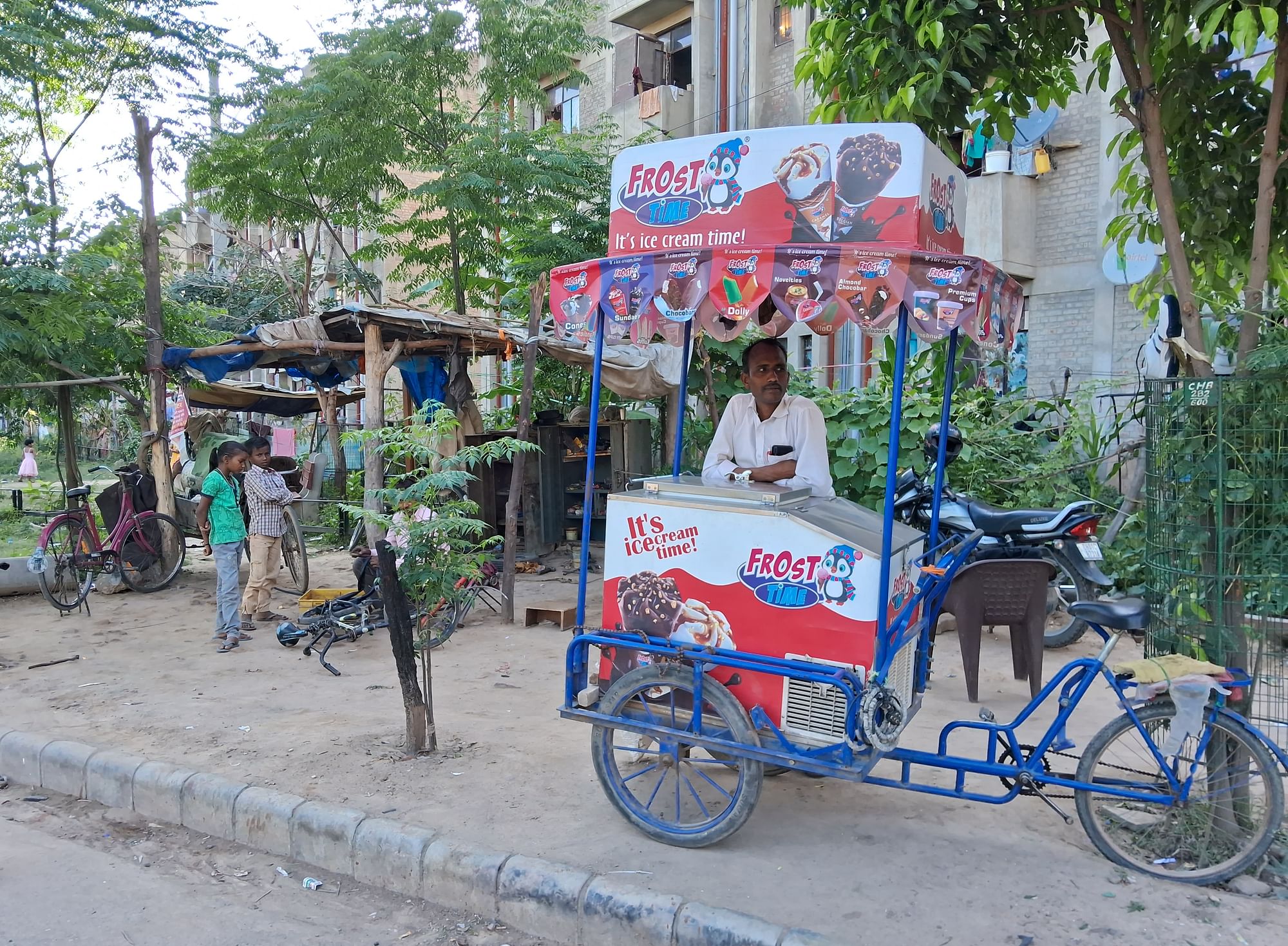
His daughter has finished her school and has developed an interest in knitting and crafts with wool. She is now able to work from this home and welcomes children who want to learn the skill.
She says that, this place has allowed her access to the surrounding regions, where she can now spread and showcase her products. Being out of slums has made it easier, as most people of the city did not prefer to get associated with the previous localities, they lived in.
Additionally, Nishakanth now finally expect his kids to make a better future in this city, being able to access the city infrastructure, buses, and services more easily with this complex being an equal part of the society.
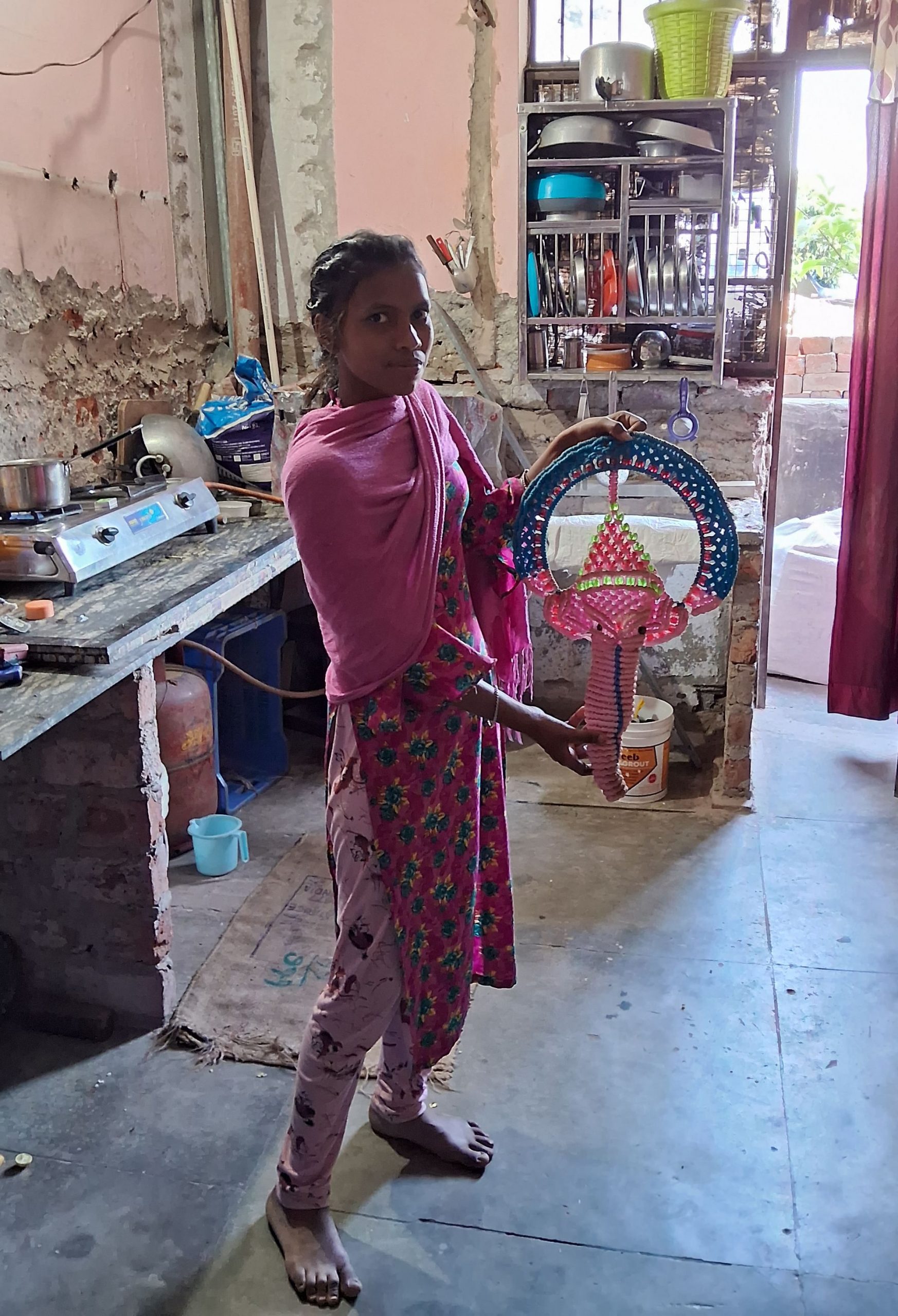
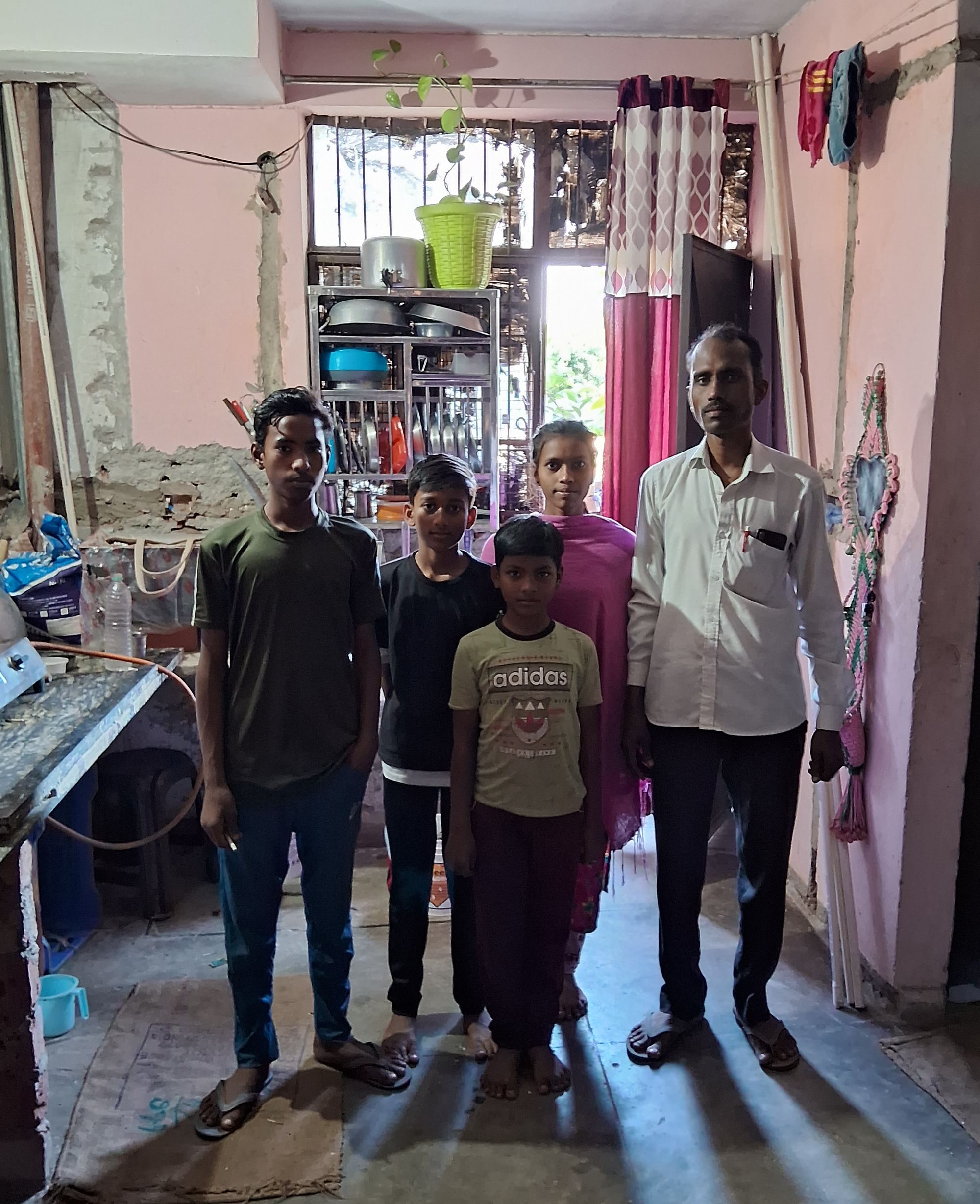
Existing Government-Funded Vacant Houses Utilised To Cater Shelter Needs
Under this model of providing housing, the Chandigarh administration has utilised the existing government-funded vacant houses and converted them to rental housing to cater to the shelter needs.
The Ministry of Housing and Urban Affairs (MoHUA) initiated the ARHC as a sub-scheme of PMAY during the COVID-19 pandemic with the objective to provide secured housing facilities to migrant workers and urban poor.
Former municipal councillor Chandrawati Shukla told Swarajya, “With the support of the Chandigarh Housing Board (CHB), and the advisory to the UT administration, the rehabilitation was made possible after conducting biometric survey for all the residents of Sector-52 and Sector-56 pre-fab shelters. They were then allotted the vacant houses in Maloya small flats and were shifted in 2021-22.”
He added, that the rent of Rs 3,000 was also decided considering the most affordable amount possible for this arrangement under the scheme.
As per reports, with the objective of reducing slum settlements in the city, the estate office has also reclaimed around 200 acres of land with the process of rehabilitation.
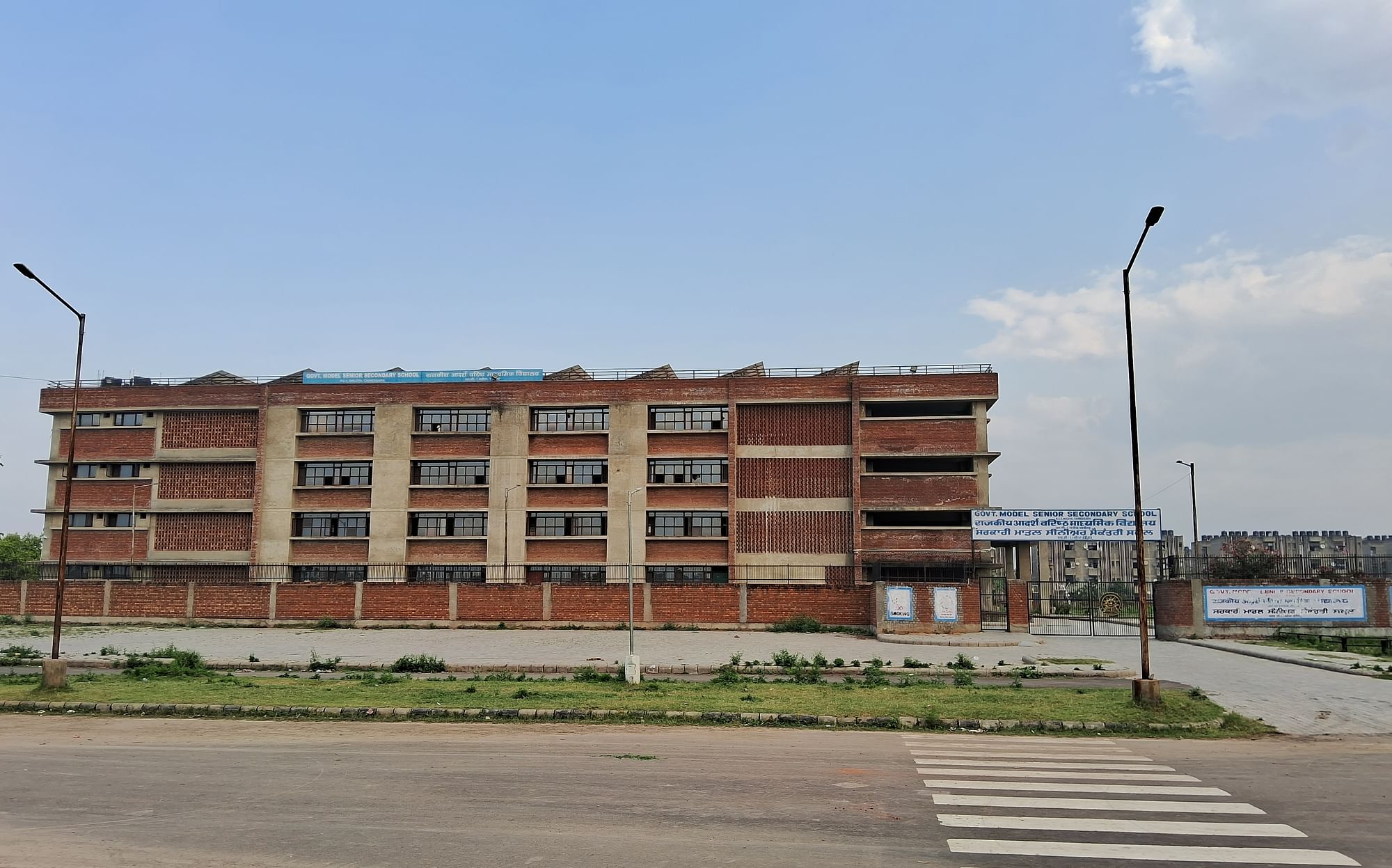
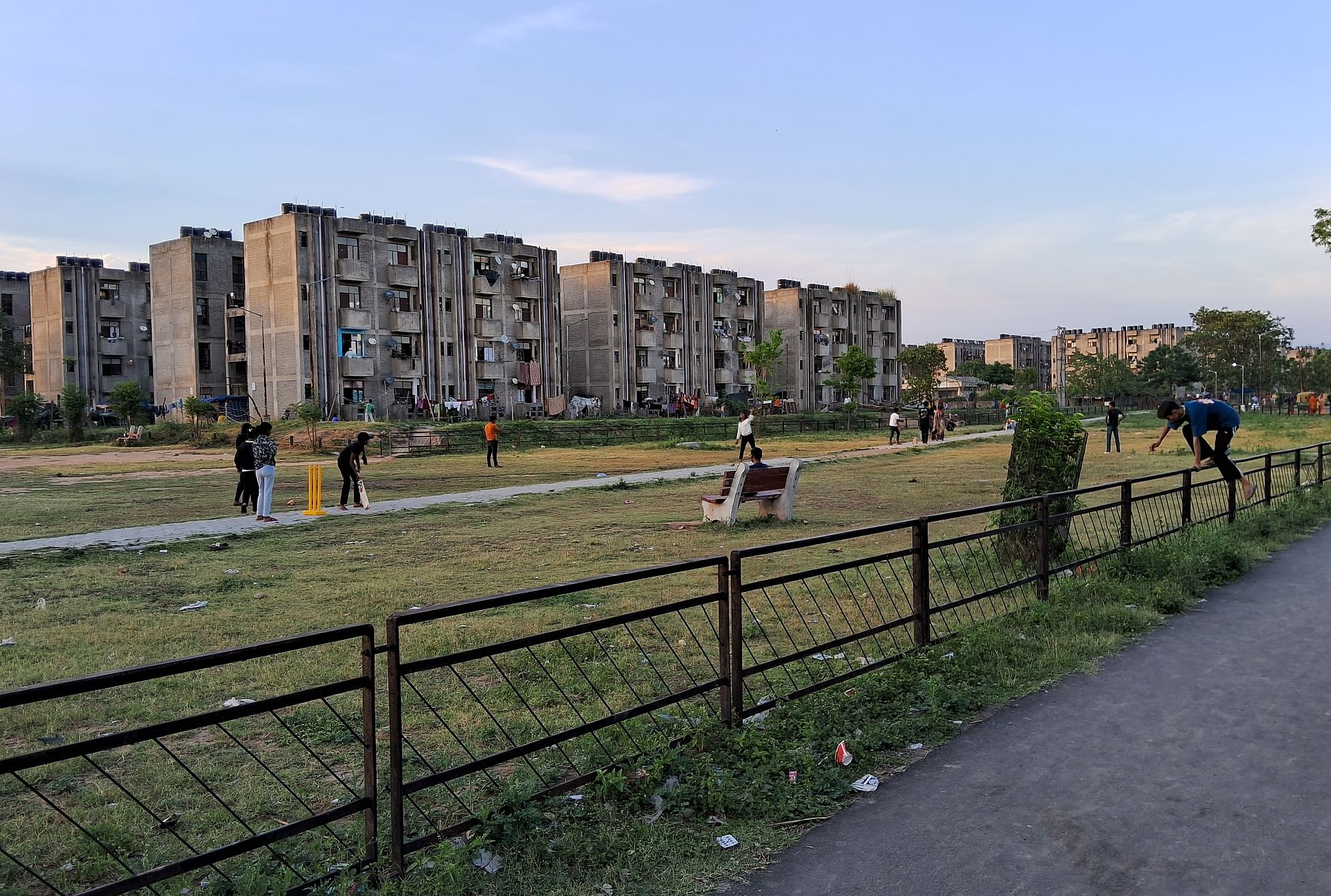
Another resident, Rajender Kumar, who hails from Amethi, has opened a licensed cycle repairing shop in the locality.
He can now be seen busy through the day, especially during the morning peak hours when many of the residents travelling by cycle and two wheelers stop by his shop, to fix their vehicles before going for work to different city areas.
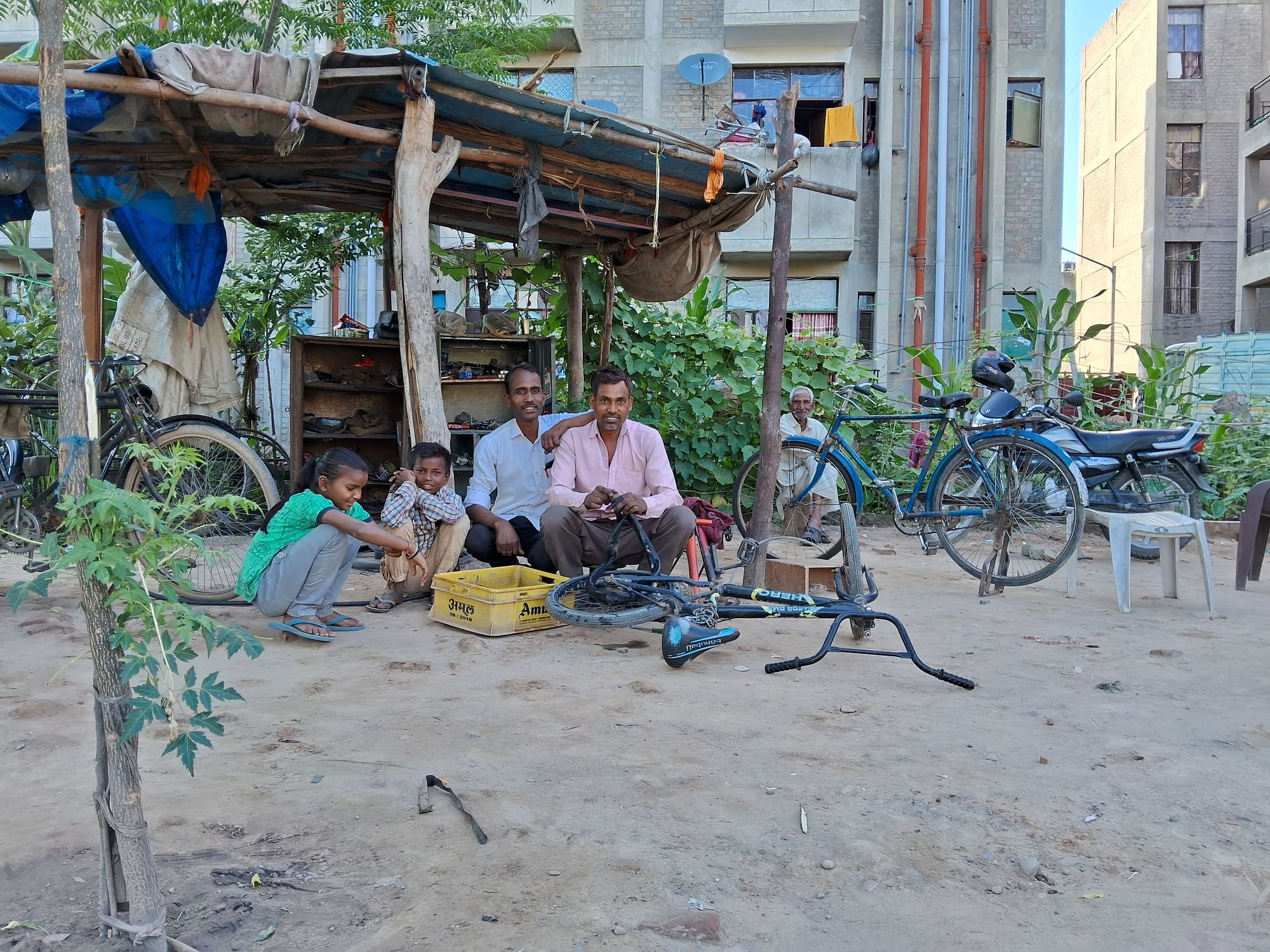
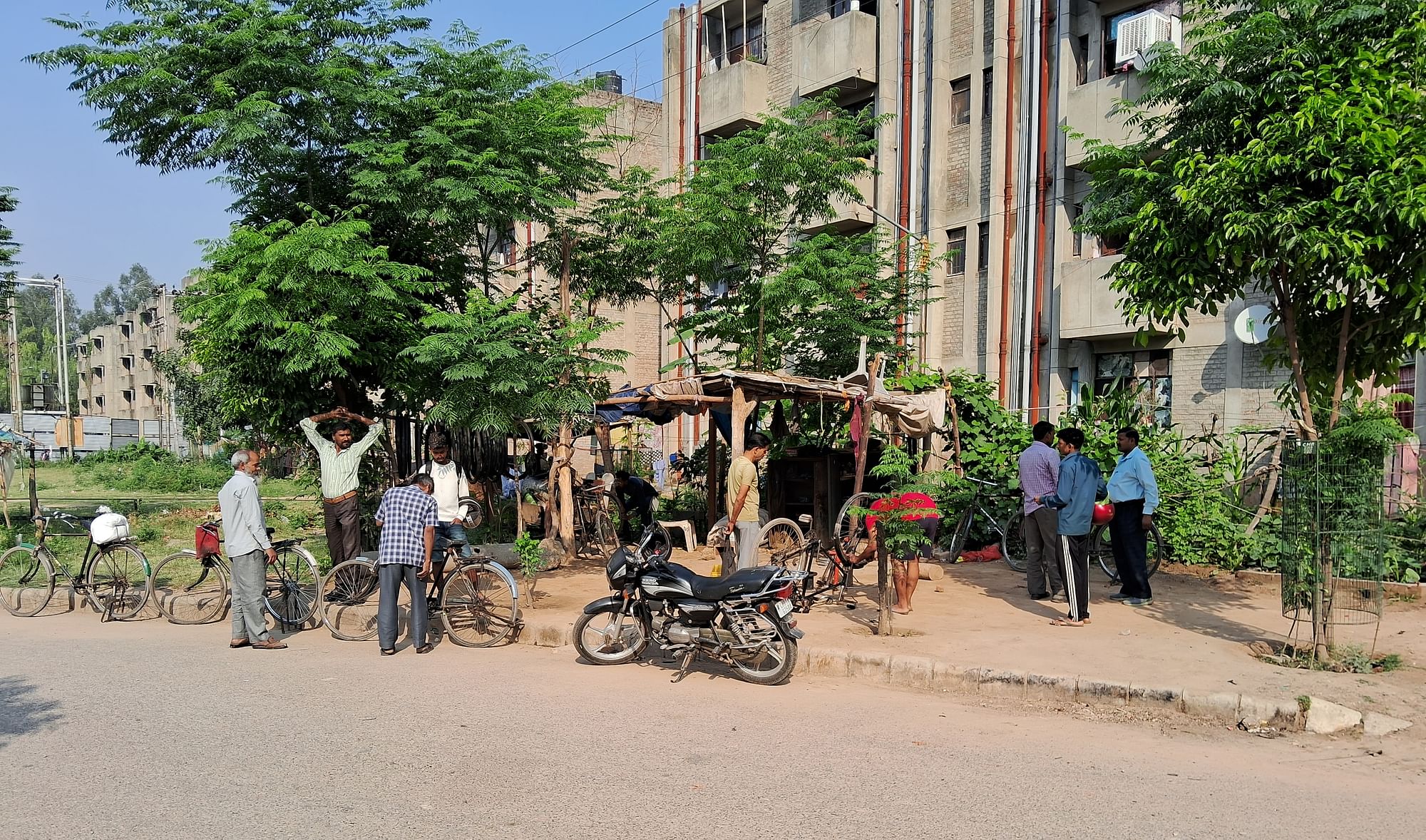
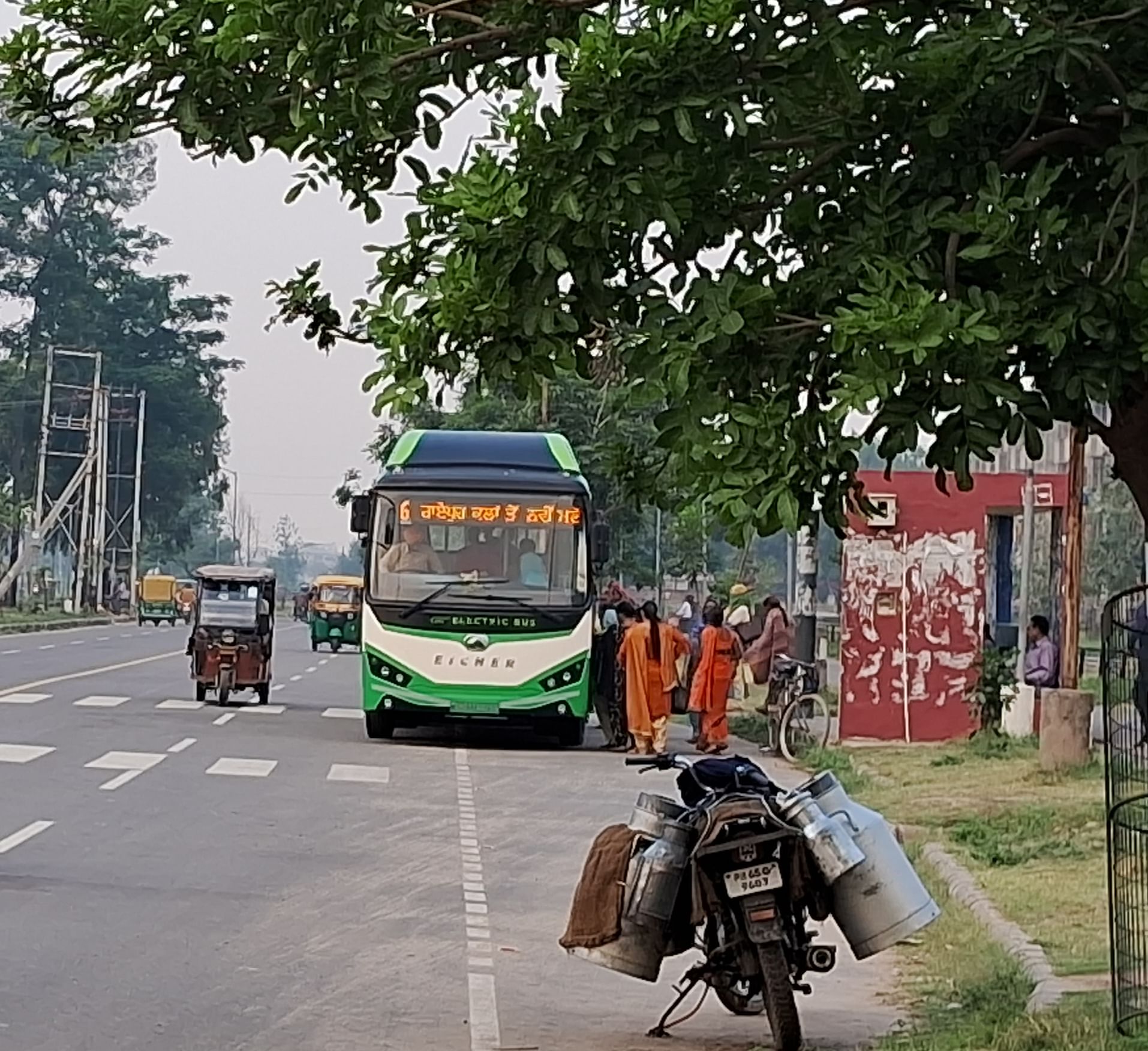
Emerging Challenges To Be Advocated In Future Models
Many have sought this opportunity as a possibility of getting out of poverty and encouraging upward mobility in the urban society.
Meanwhile, several challenges for the urban poor still persists, as for some, settling down takes time.
Studies indicate that while people start to stay in informal settlements and slums out of lack of choice — the inability to find work with relocation for many makes it difficult to get out of the slum culture.
The informal arrangements to access basic resources becomes a habit for a few, leading them to be rely on welfare schemes for surviving in the cities.
The interactions also opened up certain new challenges that have emerged with the relocation for several people.
A group of women, sitting under their housing compound, felt that while they have received proper housing infrastructure, the relocation has made it difficult for them to find work.
The location of the slums, where they had been living earlier for more than five years, had easier access to the finding daily work.
Bimla Devi says her husband has a crippling injury, which prevents him from travelling longer distances.
This has made it difficult for him to find work. The work available in the locality is not enough to sustain their family of six, including two grown-up sons and two daughters.
For the same reasons, the son has now quit his studies and has become a rag picker, near the university area to make ends meet.
She said that such cases are more than one in the locality, and are finding it difficult to sustain along with taking care of the rent, and bills that comes with this house.
The residents are further concerned following the recent announcements of UT administration to propose an increase in the monthly rental from Rs 3,000 to Rs 3,500 for the ground floor residents.
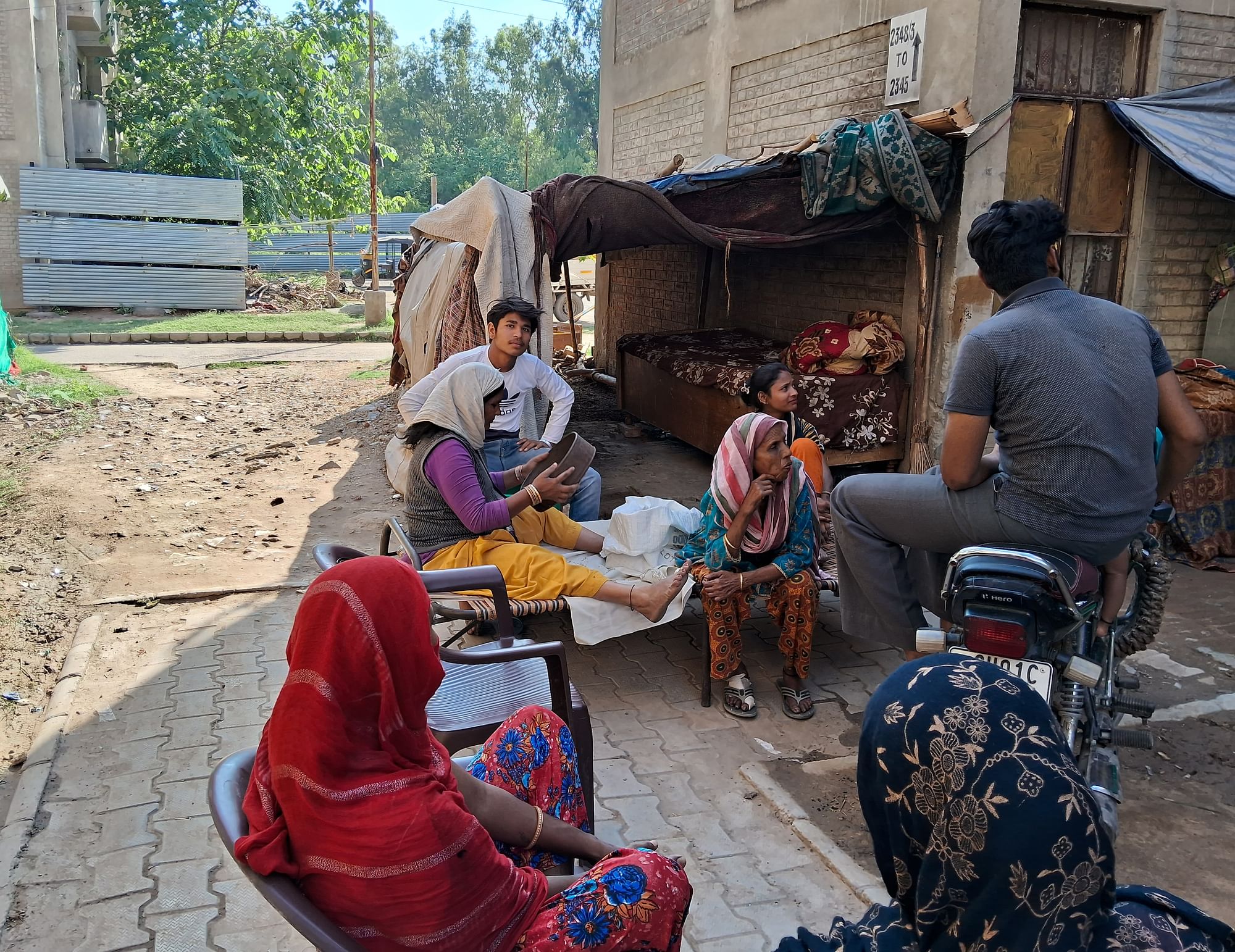
Speaking to Swarajya, the current Municipal Councillor (MC) of Maloya stated that following the efforts made by them, the authorities have agreed to stay its rental hike decision for the existing beneficiaries.
Additionally, the MC stated that they are in regular touch with the higher authorities related to the management and maintenance and will soon launch a cleanliness drive and development of internal pathways and roads in the colony.
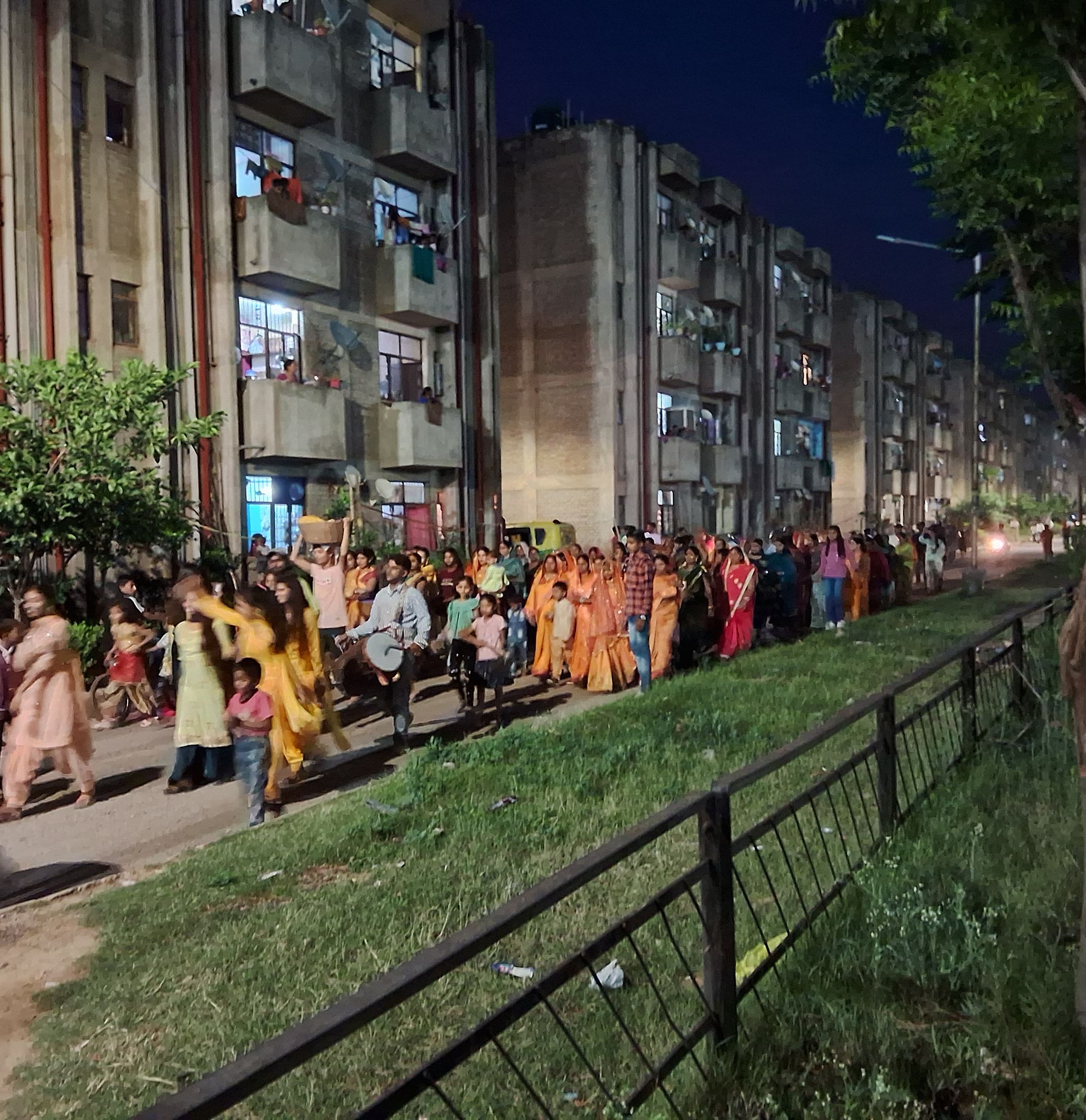
With fulfilment of fundamental housing resources, women like Rekha and other people can now focus on other growth aspects, overcoming social exclusion and opening to experience the infrastructural advancements and overall developments happening in the city.
The Economic Survey, 2016-17, estimated six crore inter-state labour migrants between 2001-2011. The Economic Survey also estimated that in each year between 2011-2016, on average 90 lakh people travelled for work.
While at the same time 6.5 crore live in India slums.
A Down To Earth survey suggests that 63 per cent slum households in India are either without a drainage connection or are connected to open drains, while 35 per cent slum households in India, do not have access to treated tap water.
This model executed in Chandigarh, is likely to be executed in various cities around the country, in a bid to regularise the informal rental economy, and reduce the challenges for the migrant workers and low-income groups in the Indian cities.


